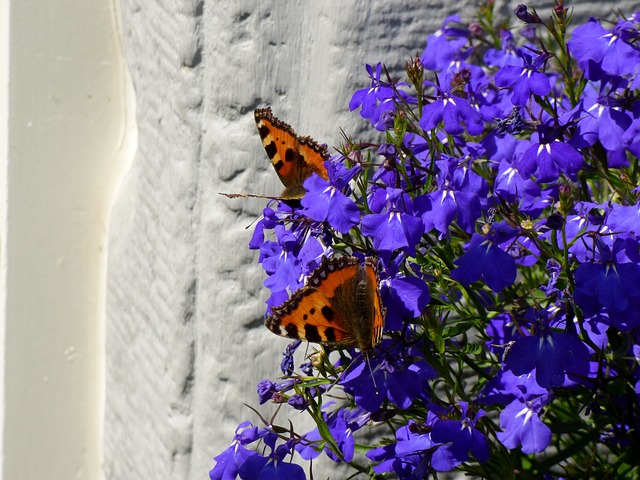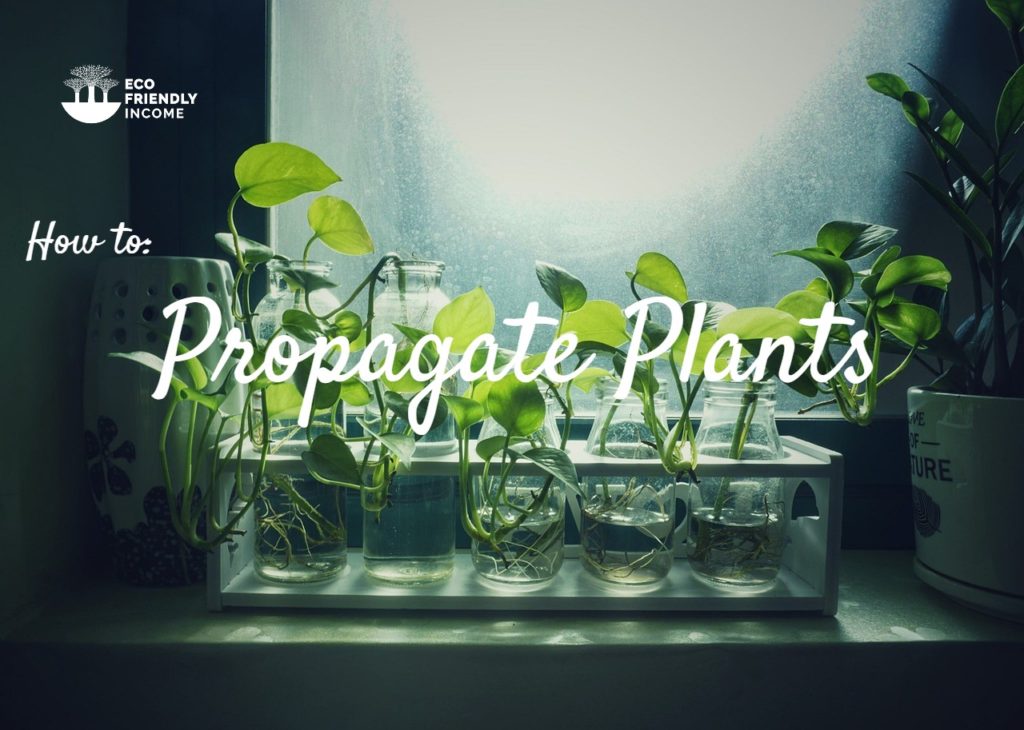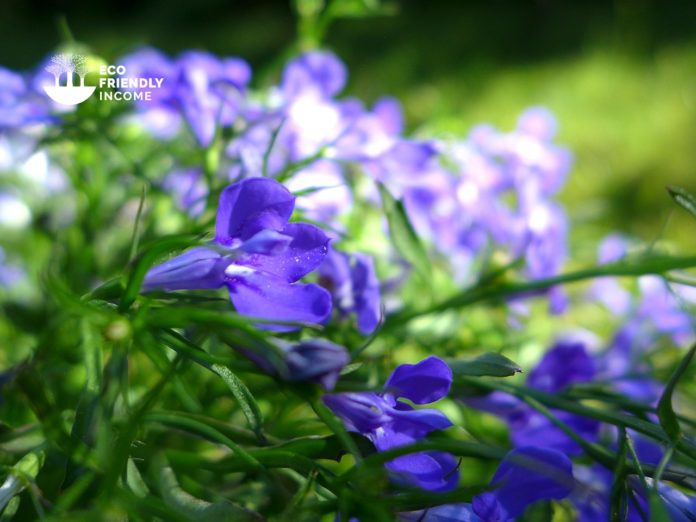A plants nursery guide on how to propagate Trailing Lobelia (Lobelia erinus), a gorgeous flowering shrub hardy up to zone 2.

Hardiness Zone: 2-11

Soil Type: Well-drained Chalk, Clay, Loam, or Sand.

Water: Normal

Exposure: Full Sun to Partial Shade
Trailing lobelia (Lobelia erinus) is a perennial flower that is native to the Mediterranean region.
It has showy, tubular flowers in shades of blue, purple, or white.
It’s loved for its trailing or cascading growth habit. This means that the plant will grow long, slender stems that dangle down from the main stem, often reaching lengths of several feet.
Trailing lobelia is a popular garden plant, as it can be used to add color and interest to garden beds. Additionally, it is also a popular choice for use in flower arrangements.
They’re used to stunning effects as a groundcover, in containers, or as a border plant.
Wildlife Value
Trailing lobelia is a valuable wildlife plant because it provides food and cover for a variety of animals.
The flowers are a source of nectar for hummingbirds, butterflies, and bees. The leaves are eaten by rabbits and deer.
The plant also provides shelter for small animals in the winter.

How to Propagate Trailing Lobelia (Lobelia erinus)
The two best methods to propagate trailing lobelia are by taking stem cuttings or by sowing the seeds.
Stem Cuttings
Since lobelias are tender plants, the only type of cuttings you can get from them are softwood cuttings.
The best time to propagate trailing lobelia from cuttings is from early to late summer, during its period of vigorous growth.

Here’s how:
- First, identify a a stem with new vigorous growth on it.
- Then, with a sharp, sterile knife, cut a stem just below a node.
- Length should be at least 4 inches long, cut should be at a 45 degree angle.
- Next, remove the leaves from the bottom 2 inches of the stem.
- Dip the cut end of the stem in rooting hormone, knock off the excess with a light flick.
- Place the stem in a container filled with moist propagation medium. (3:1 Perlite:Peat)
- You want to keep it in a well lit area, but away from direct sunlight.
- Finally, moisture up, cover the propagator with plastic to hold moisture. Propagators with vented lids are the best for this.
- Additionally, you can use a heating mat under the propagator to stimulate growth.
Trailing lobelia cuttings propagated this way should root within 2-4 weeks.
When you’re ready for transplant, gradually transfer them to an environment with less humidity.
For example, tilt the lid to an angle for more airflow for 1-2 days, then take the lid off for another couple of days. This should be enough to acclimate the plant cuttings.
Want to propagate plants like a pro? Check out our plants propagation guide.
Sowing Seeds
Sow lobelia seeds indoors in flats or pots 6 to 8 weeks before the last frost.
Cover the seeds with a thin layer of soil and keep the soil moist until the seeds germinate.
Transplant the seedlings outdoors after the last frost.
The link below is an amazon associates link. Any purchases through this link will help eco-friendly income continue to post content on nature & plant propagation.
Trailing Lobelia Seeds

Why Seeds Might not Germinate
There are a few reasons why the Lobelia seeds may not germinate.
One possibility is that the seeds are not viable and have been damaged or killed.
Another possibility is that the seeds may not have been stored in the correct conditions and have been damaged as a result.
Finally, the seeds may not have been planted in the correct conditions and may not be getting enough water or light.
We recommend checking reviews before ordering or finding a local reputable supplier.
FAQ
Q: Is trailing lobelia poisonous?
A: Trailing lobelia has medium-severity toxicity. It can be toxic for your dog and pet if they eat them.
To really up your propagation game, we also strongly recommend that you check our plant propagation guide below.


